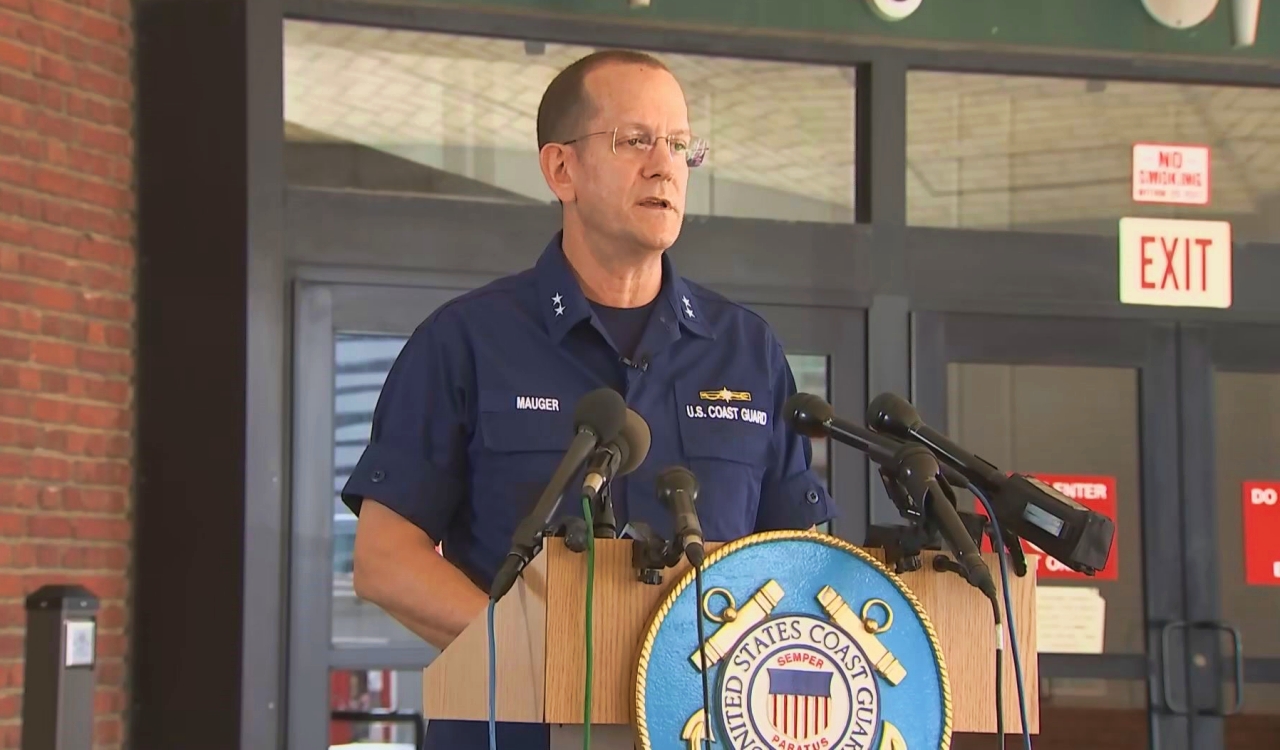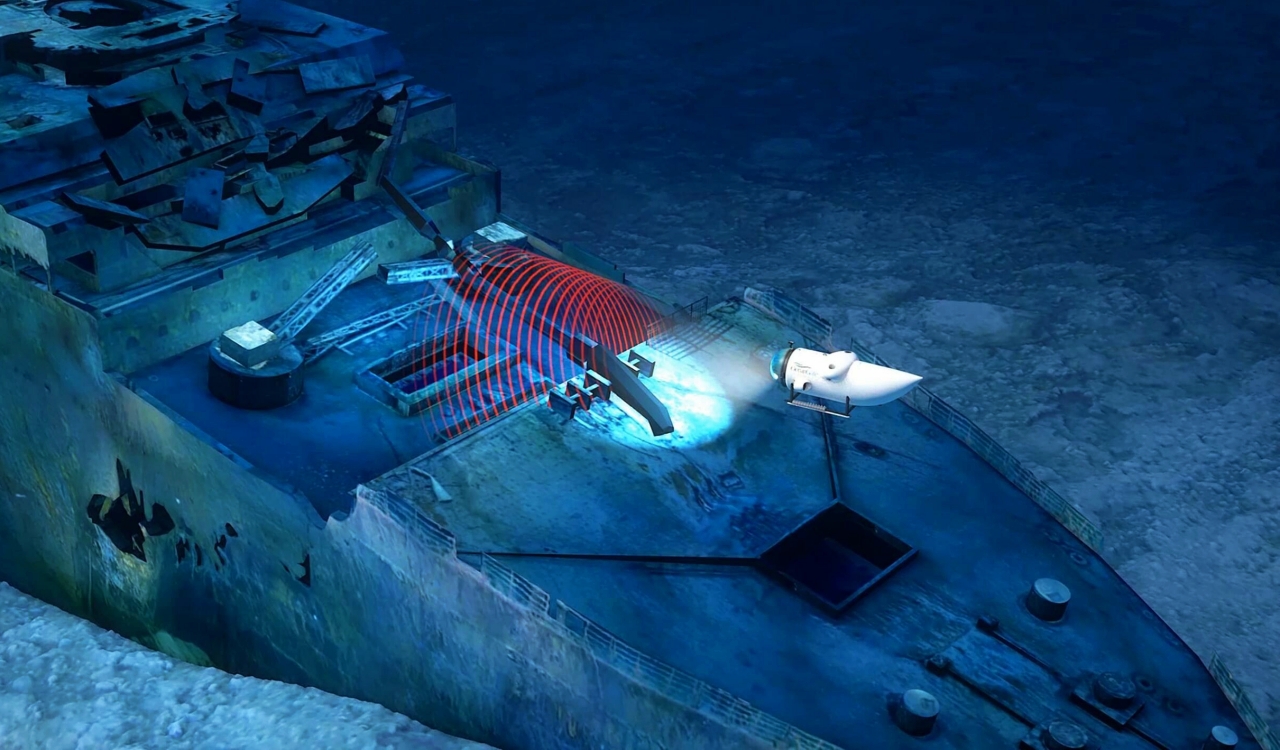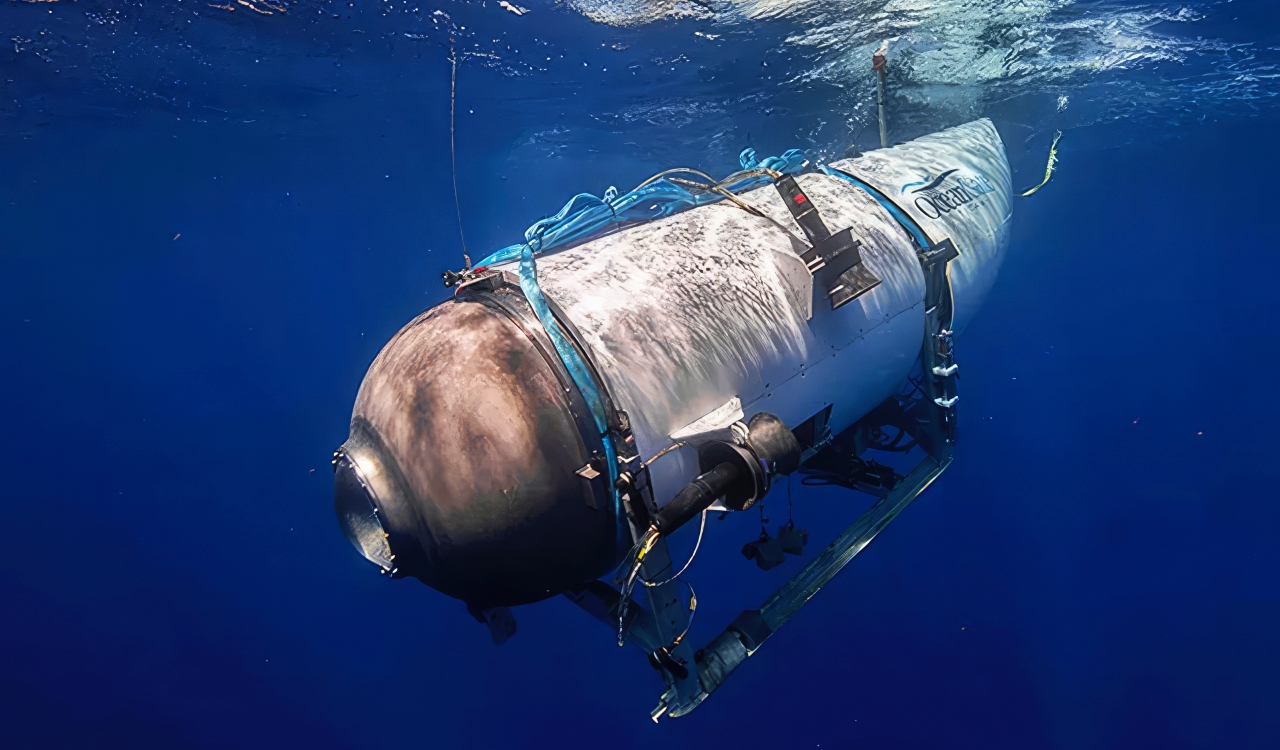A submersible vessel carrying people to see the infamous Titanic ship wreckage has gone missing somewhere deep in the waters of the Atlantic Ocean. Now, a rescue operation has begun in hopes of finding the sub and those inside. The missing submersible rescue operation is being run by the United States Coast Guard and being assisted by the Canadian Coast Guard.
The Joint Rescue Coordination Centre out of Halifax, Nova Scotia claimed that the vessel was reported as overdue around 9:13 pm on Sunday evening when it was around 435 miles south of St. John’s Newfoundland.
OpenGate Expeditions, the company that owns the submersible, said its focus was on finding those aboard the vessel. They also said they are focusing on the families that have a member on board too. The company said in a statement:
“We are deeply thankful for the extensive assistance we have received from several government agencies and deep sea companies in our efforts to reestablish contact with the submersible. We are working toward the safe return of the crewmembers.”
The Rescue Operation

[Image via NBC – King 5]
At a news conference in Boston on Monday afternoon, U.S. Coast Guard Rear Admiral John Mauger said that rescue crews were searching in a “remote area.” The place they are searching in the water is said to be roughly 13,000 feet deep. However, they are up against the clock to find those aboard the vessel.
David Concannon is an adviser to the company. He told the Associated Press via email that OceanGate lost contact with the submersible on Sunday Morning. However, the vessel has 96 hours of oxygen supply since it left the surface 32 hours beforehand. Concannon claimed he was actually supposed to be on the dive but couldn’t go due to another client matter. Officials are said to be working to get a remotely operated vehicle that can reach a depth of 6,000 meters or 20,000 feet.
This is around where the Titanic wreckage would be located and could help them determine even if the submersible made it that far.
Mauger claimed that the rescue operation is being conducted in two different ways. They are searching on the surface, checking to see if the submersible reached this area but lost contact. They are also conducting an underwater search too.
Thus far, Mauger mentioned that two C-130 Hercules Aircraft were sent by the U.S. Coast Guard to search for the submersible on the surface of the water. Canadian Coast Guard Lt. Commander Len Hickey said that a vessel and military aircraft were assisting in the search effort. Indeed, Mauger confirmed they were joined by the Canadian C-130 and a P8 aircraft equipped with underwater sonar capability.
Mauger also said that if they did end up finding the submersible underwater, they would be using aid from the U.S. Navy among others to recover it.
The Expense & Court-Filing Information

[Image via OceanGate]
Action Aviation’s company chairman, U.K. businessman Hamish Harding, was confirmed to be one of the tourists on board. The Managing Director of the company, Mark Butler, told the Associated Press that the crew set out on Friday. He went on to say:
“Every attempt is being made for a rescue mission. There is still plenty of time to facilitate a rescue mission, there is equipment on board for survival in this event. We’re all hoping and praying he comes back safe and sound.”
The initial group of tourists were funding the expedition by spending as much as $100,000 to $250,000 each. Court documents filed by the company in April with the U.S. District Court in Virginia (which presides over Titanic matters) revealed the latest trip was scheduled to depart out of St. John’s, Newfoundland in early May and then finish up at the end of June.
Unlike submarines that must leave and return to port under their own power, submersibles actually require a ship to launch and recover them. OceanGate had hired the Canadian vessel Polar Prince to help with this. The ship is a medium-duty icebreaker that was formerly operated by the Canadian Coast Guard. The Polar Prince was being used to ferry dozens of people and the submersible itself to the North Atlantic wreck site.
Apparently, the Prince lost contact with the submersible just 45 minutes into its dive.
What Do We Know About The Submersible?

[Image via OceanGate]
The submersible, ironically named Titan, only holds 5 people. It is able to dive up to 4,000 meters or 13,120 feet with a comfortable safety margin. That is, at least, according to what OceanGate claimed in its court filings. The sub weighs 20,000 lbs in the air, but it is ballasted to be neutrally buoyant once it reaches the seafloor. The Titan is made of “titanium and filament wound carbon fiber” and has been proven to “withstand the enormous pressures of the deep ocean” according to OceanGate.
The company told the court that the Titan’s viewport is “the largest of any deep diving submersible” and that its technology provides an unrivaled view of the deep ocean.
This was only OceanGate’s third annual voyage to chronicle the determination of the Titanic Oceanliner that sunk back in 1912. The sinking of the Titanic is one of the most tragic ship-related disasters in maritime history. The ship carried 2,200 passengers but memorably did not have enough life vests nor enough lifeboats for every passenger. That led to all but 700 people dying in the wreckage.
Since the wreckage was discovered in 1985, it has slowly been succumbing to metal-eating bacteria. More and more of the ship is being eaten by these things. So much so, experts predict the ship could completely vanish in only a matter of decades. Thus, visiting the wreckage is of importance to many scientists, historians, and researchers alone. Getting there is the tough part due to the clearly heavy expense.
However, depending on what happens in this rescue operation, people might not take small submersibles to reach the wreckage in the future.
Due to this being an ongoing story, you can read live updates on the search here.